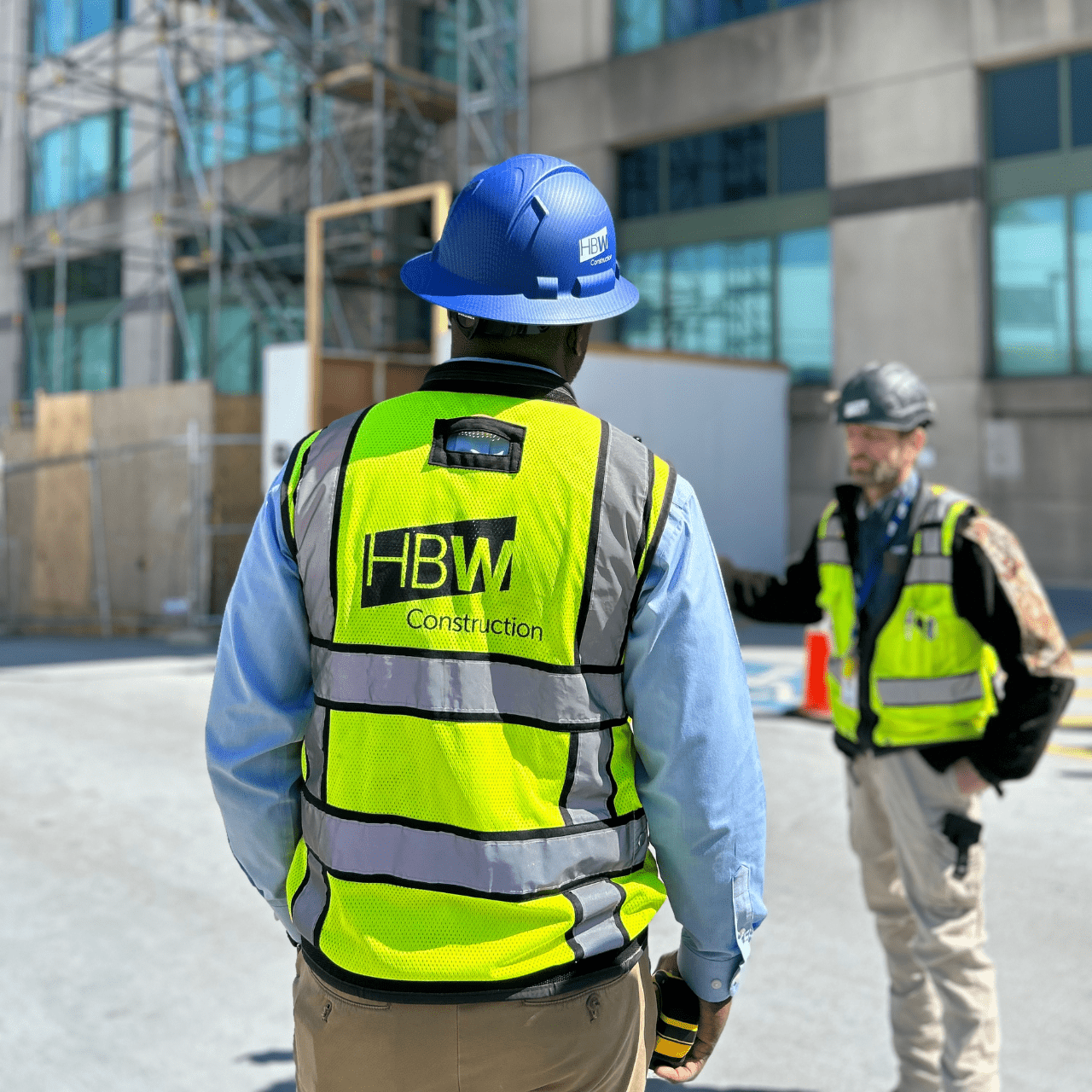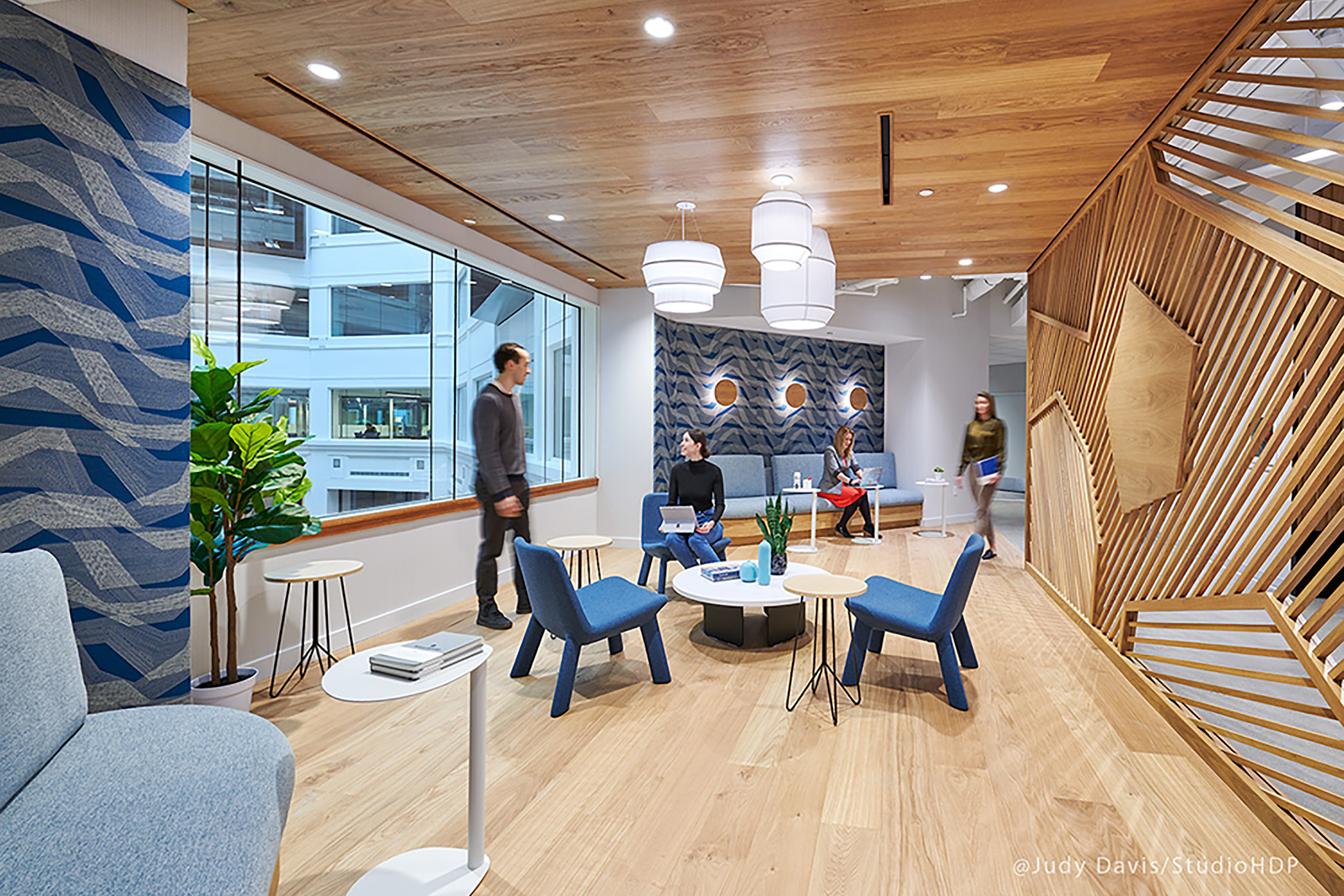Four Steps to Better Estimating
If the architect and general contractor follow a detailed budget request form (and the design team refers to it during client consultations), it will dramatically improve budgeting. In a nutshell, here are four budgeting considerations that will help your commercial building cost estimator improve budget accuracy.
1. Occupied vs unoccupied
This consideration seems simple, but post-pandemic it requires additional thought. In the past, contractors could pull up an address and determine if a building was tenant occupied, but some clients now have hybrid or remote arrangements that can support construction in an unoccupied space.
Note: Unoccupied spaces are less labor intensive and therefore less expensive than spaces for which contractors will have to accommodate tenant needs. This distinction factors into your budgeting.
2. Floors to ceilings
Choices of flooring, walls, doors, and ceilings offer a variety of options that can rack up budget estimates. A painted grade door will be less expensive than a stain grade or glass door. Carpet is less expensive than tile. An open ceiling will require additional estimates compared to an enclosed ceiling.
It also helps to know if materials from demolition will be retained and/or relocated (e.g. cabinetry, windows, railings, doors) to factor in some cost savings.
For commercial spaces that will be leased, your estimator will want to know “usable” square footage per unit as well as “rentable” square footage to show those cost differences in the estimate.
Note: Include design intent notes within the budget request for any known client preferences for floor, wall, door and ceiling choices. Include usable and rentable square footage as applicable
3. Special finishes
Finishes may change during a project due to client preferences or sourcing issues, but a general idea of mid-range to high-end finishes can support more accurate estimating. Different paint colors don’t matter as much as the choice and number of lighting fixtures or a specific metal or stone finish.
If you know that certain materials require extra lead time, suggest alternative materials as part of the estimating process. This extra effort will manage future expectations between design and construction teams as well as the client.
Note: Contingency rates of 5-15% are added to overall budget estimates for any volatility in labor or materials costs. Projects with a longer future start date, for example, can experience these wage or price increases.
4. Special uses and requirements
Different industries have special uses or requirements that can add to the costs of construction. Some examples include:
- HVAC requirements for extra cooling or heating
- Acoustical or sound proofing requirements
- Clean room and lab requirements
- High electrical loads or plumbing capacity
Questions about these needs can help the client and commercial building cost estimator anticipate additional costs based on industry standards of functionality or safety.
Note: Facilities with evening uses such as training rooms or overnight medical care may need additional heating or cooling outside of standard hours. Make note of special tenant uses after 6 p.m. when the base building would automatically adjust temperature controls.
There are many more budget tips that support accurate cost estimating. My key point is that accurate estimating helps architects close deals and keep their clients happy. Everybody wins in that scenario. If you have questions about HBW's commercial construction services, including our detailed budget request form, contact us.
We also offer a popular AIA-certified Budgeting 101 class. Learn more.


